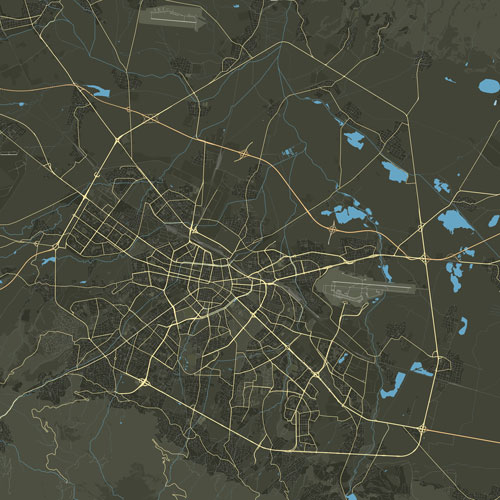In 479 AD, the Byzantine emperor Zeno found himself compelled to forge an alliance with the enigmatic “Bulgarians,” residing in the region stretching from Constantinople to the Adriatic coast, as recounted by John of Antioch. This marked a notable shift in Byzantine policy, acknowledging the emergence of these formidable neighbors. Theophanes the Confessor further elaborated on this alliance in his chronicle for the year 494, noting incursions by the “so-called Bulgarians” into Illyria and Thrace, demonstrating their growing influence and presence in the region. Marcellin Komes, chronicling events in 499 AD, described a confrontation between Aristus, commanding Illyrian forces, and the marauding Bulgarians, resulting in a significant Roman defeat at the hands of the invaders along the Tsurta River (Corlu).
Subsequent reports by John Zonara and Theophanes the Confessor in 501 AD documented a renewed Bulgarian incursion into Illyricum and Thrace, underscoring their continued impact on the geopolitical landscape of the region. These accounts represent early attestations of Bulgarian tribes’ incursions into these territories, signifying their emergence as significant players in regional affairs.
Following the disintegration of the Hunnic state in 453 AD, waves of Slavic migration commenced, with Slavic tribes traversing Carpathian passes and settling in Transylvania by the latter half of the 5th century. With the departure of the majority of the Ostrogoths for Italy in 488 AD, Slavic groups seized territories formerly inhabited by them along the Lower and Middle Danube. The historical records note the first recorded Slavic raid across the Danube in 519 AD during the reign of Emperor Justin I, carried out by the Antis tribe.
Throughout the 6th century, Slavic migrations south of the Danube intensified, leading to settlements in the Balkan lands. By the 7th century, the southern Slavs emerged as the predominant population across the Balkan Peninsula. They gradually expanded their territorial control, encompassing regions such as Mysia, Thrace, Macedonia, the Rhodopes, the Adriatic coast of Greece, central Peloponnese, and even some Aegean islands. Additionally, Slavic settlements extended into Asia Minor, further altering the demographic and cultural landscape of the region.

